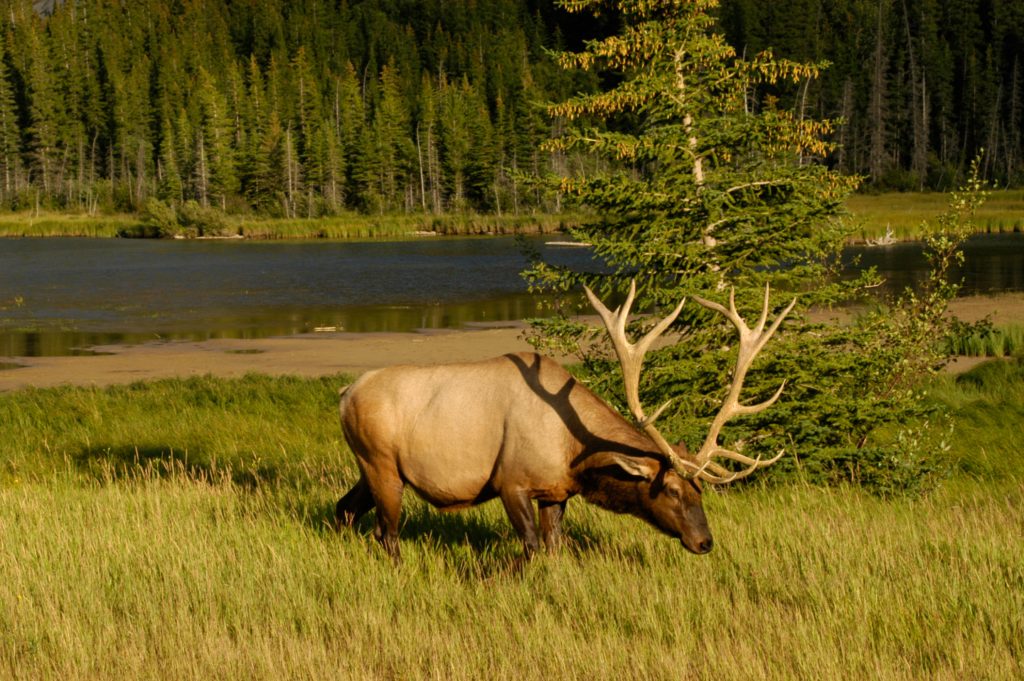The number of animals listed as endangered, threatened, or a special concern grows year after year. Much of the land that pipelines run through contains wildlife that need special protection, and responsible pipeline companies do everything they can to protect the wildlife population.
The Trans-Alaska Pipeline system, or TAPS, runs through some of the wildest country left on earth. Special measures had to be taken to ensure the Alaskan wildlife and the pipeline could coexist. When the pipeline was proposed, environmentalists said it would have an effect on caribou similar to the effect of the U.S. transcontinental railroad on the American Bison population of North America. Pipeline critics said the pipeline would block traditional migration routes, making caribou populations smaller and easier to hunt. To help the herds, crossing points were installed. The oil and pipeline industries also provide money to help to protect the local animal habitats and environment.
After the TAPS was built, other methods were put into place to ensure the conservation effort. Every project now begins with a wildlife assessment. Minimizing the impact on animals, fish, and plants plays a significant role in the planning process. If pipelines could impact sensitive species, such as caribou or migratory birds, specific mitigation and monitoring plans are developed to ensure that plans are in place to further minimize the direct and indirect effects on animal populations.
The projects start by using government data to identify potential species at risk habitats along the pipeline route. The routes are then refined wherever possible to avoid those habitats. Wildlife sweeps and surveys can also be conducted to ensure that there is no active nesting or young in the area prior to mobilizing any crews, equipment, or vehicles to the site.
However, it doesn’t stop there: after construction, great effort is put in to returning the land around the site to its natural state. Topsoil is saved separately from subsoil so that the layers of soil can be restored as closely as possible, and vegetation is replanted.
Many pipeline companies take actions to minimize their impacts on habitats, even where there is no regulatory requirement. They use all the information available to them from government, databases, ground-truthing (environmental surveys), science, and research to identify critical habitats or other sensitive habitats so that they can take mitigating measures.
By planning construction for a particular season and sticking to a tight schedule, pipeline companies are able to minimize the impact on wildlife. They are also careful to adapt disruptive features bordering the pipeline right-of-way that might disturb animal movements.


